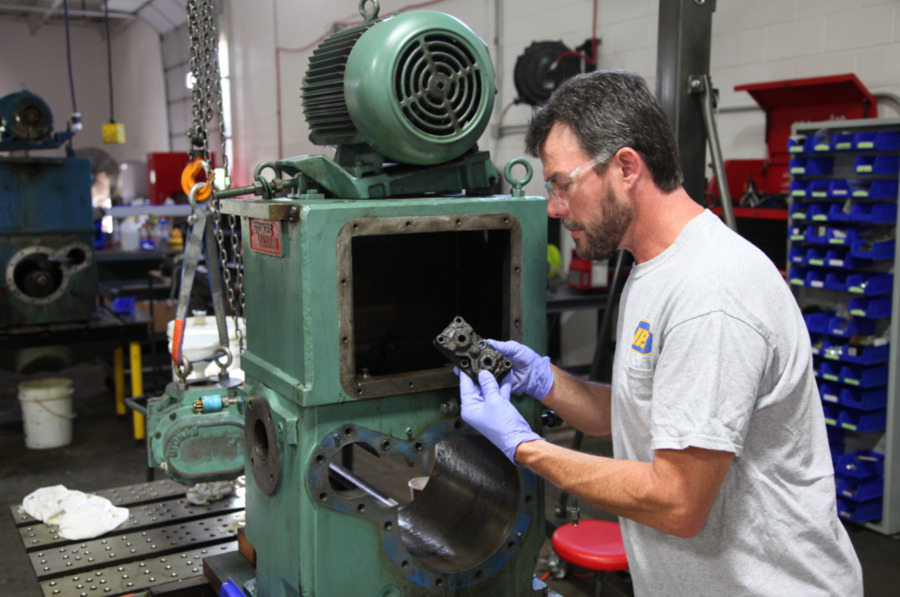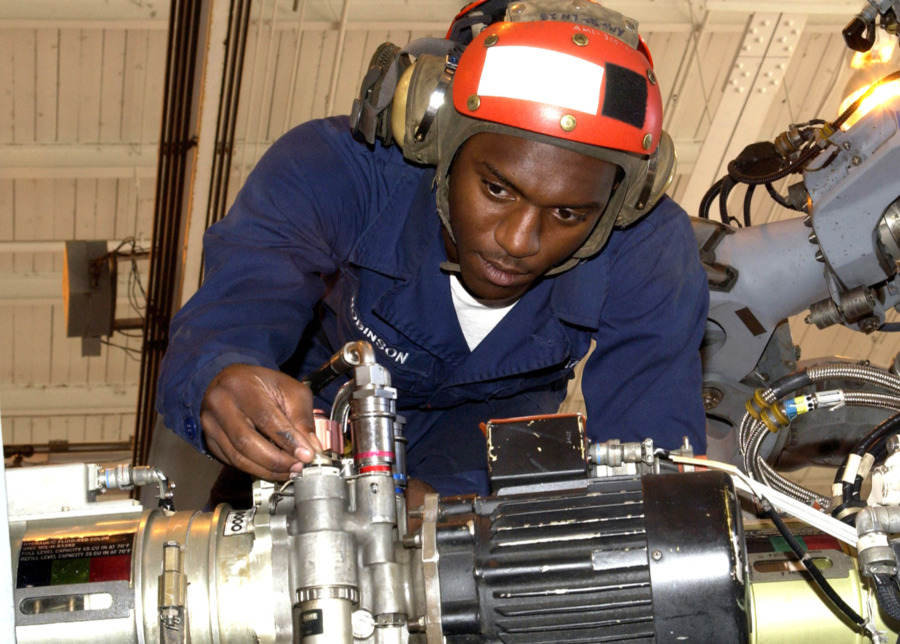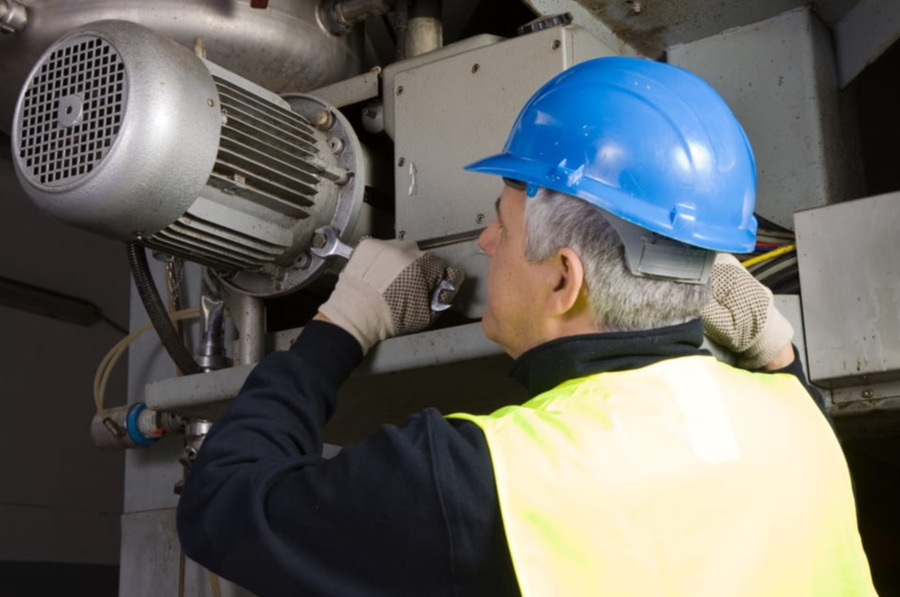Submersible pumps are integral to various applications, from residential water wells to industrial wastewater management. Operating beneath the surface, these pumps are crucial for fluid movement under challenging conditions. This article examines the necessity of routine maintenance, including timely submersible pump repairs, highlighting how such practices optimize performance and extend the lifespan of submersible pumps.
Importance of Regular Maintenance
Maintaining Operational Integrity
Regular maintenance safeguards against mechanical failures that can lead to operational disruptions. For instance, a well-maintained submersible pump is less likely to suffer from impeller blockages or motor failures, common issues that arise from neglect. This preventative approach minimizes the risk of unexpected downtime, which can be particularly costly in processes that depend on continuous fluid movement.
Enhancing Cost Efficiency
While routine checks and maintenance involve upfront costs, they are invariably more economical than the expenses associated with emergency repairs or replacements. A maintenance schedule enables the early detection of potential issues, thereby reducing the likelihood of severe malfunctions that demand significant expenditure. Over time, the investment in regular upkeep results in substantial financial savings, as it prevents larger-scale failures.
Optimizing Performance
Regular maintenance directly impacts the efficiency of submersible pumps. A pump free of debris and sediment, with all components functioning as intended, operates at optimal efficiency. Maintenance ensures that the pump consumes only the energy necessary to perform its duties, which also helps in reducing electricity usage. Consistent performance not only supports system reliability but also contributes to environmental sustainability by minimizing energy waste.

Key Maintenance Procedures
Conducting Routine Inspections
Periodic inspections are crucial for maintaining submersible pumps. Technicians should regularly check for signs of wear, corrosion, or damage to the pump’s body, cables, and seals. These inspections often reveal minor issues that can be addressed before they escalate into major problems, such as the need for submersible pump repairs. Electrical components require particular attention to ensure connections are secure and free of moisture, which could lead to electrical failures.
Cleaning and Debris Removal
Submersible pumps often operate in environments where sediment, waste, and other debris are present. Regular cleaning is essential to prevent the intake and other vital components from becoming clogged, which can impair the pump’s effectiveness. Proper cleaning techniques not only maintain the pump’s capacity but also prevent abrasive materials from causing premature wear on mechanical parts.
Lubrication and Part Replacement
Lubrication reduces friction among moving components within the pump, thereby decreasing wear and prolonging the equipment’s service life. Identifying when parts such as bearings or seals need replacement is another critical aspect of maintenance. Worn components can compromise the entire system, making timely replacements crucial for maintaining overall functionality.
Testing and Monitoring
After maintenance tasks, testing the pump is vital to ensure it operates correctly. Regular monitoring, possibly facilitated by modern sensors, can track a pump’s performance and highlight abnormalities. This proactive approach not only confirms the effectiveness of recent maintenance efforts but also helps in predicting potential failures, allowing for timely interventions.
Challenges in Maintenance
Access and Safety
The submerged nature of these pumps presents unique challenges, particularly in terms of access to maintenance. Special equipment and techniques are often required to retrieve the pumps from deep or hazardous locations. Ensuring the safety of maintenance personnel is paramount, as they must navigate these difficult environments to perform necessary upkeep.
Environmental Considerations
Environmental factors significantly influence maintenance protocols. In regions with high salinity or abrasive particulates, for instance, pumps may require more frequent inspections and robust protective measures to mitigate corrosion and wear. Tailoring maintenance strategies to specific environmental conditions ensures that submersible pumps can withstand harsh operational challenges.

Best Practices for Maintenance Planning
Implementing Scheduled Maintenance
Creating a detailed maintenance schedule based on the manufacturer’s guidelines and specific operational demands ensures that all aspects of pump upkeep are addressed systematically. This schedule should include regular inspections, cleaning, and testing to maintain the pump’s reliability and efficiency.
Emphasizing Training
Given the complexities associated with maintaining submersible pumps, having a trained and knowledgeable team is essential. Maintenance personnel should be proficient in the latest techniques and understand the intricacies of the pump models they service. Ongoing training and certification ensure that technicians remain current with industry standards and new technological developments.
Keeping Detailed Records
Accurate and detailed record-keeping is a cornerstone of effective maintenance. Logs should document all inspections, repairs, and replacements, along with any test results and observations from monitoring systems. These records are invaluable for analyzing long-term performance trends and planning future maintenance activities.
Conclusion
The regular maintenance of submersible pumps is not merely a recommendation; it is a necessity. Through systematic inspections, cleaning, lubrication, and timely replacements, these pumps can perform at their best, ensuring reliability and efficiency in their operations. By investing in routine upkeep, stakeholders can avoid costly repairs, reduce operational downtime, and significantly extend the lifespan of these crucial machines. Establishing and following a comprehensive maintenance strategy is indispensable for anyone relying on submersible pumps in their operations.

Skydiver, vegan, audiophile, Saul Bass fan and screen printer. Producing at the sweet spot between simplicity and computer science to create not just a logo, but a feeling. Let’s chat.
